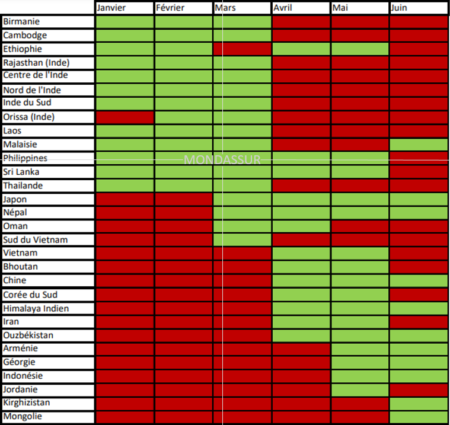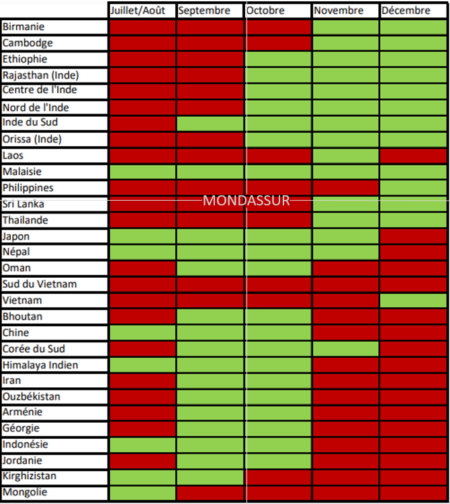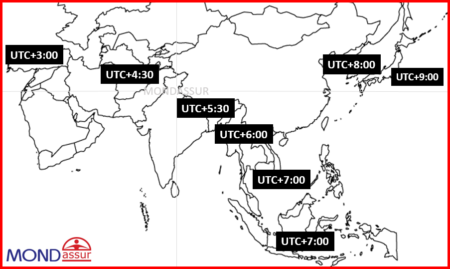Travelling to China? Are you an expatriate in Japan? Or are you planning to set up your own business in Thailand?
In Asia, medical expenses can be very high, particularly in expatriate and international establishments, and repatriation can be very costly and is not always possible. So it’s best to have comprehensive international health coverage in case of accident, hospitalization or repatriation before you leave abroad.

Your insurance in Asia by country
Find out more about the country you are interested in:
When to go to Asia?
Asia is the world’s largest continent, with over 43 million km2 and 4 billion inhabitants. There are 4 different types of climate in Asia:
- Arid climate on the Arabian Peninsula and the Gobi Desert;
- Equatorial monsoon climate on the Indian and Indochinese peninsulas;
- Cold climate in the far north of Asia (Tundra and Taiga);
- Temperate climate (similar to Europe) on the Mediterranean and Pacific coasts.
Here is a table summarizing the seasons for most Asian countries:
- In green, the temperature is mild;
- In red, the weather is less suitable for visiting the country (rainy season).
20 places to visit in Asia
Among hundreds and hundreds of great places and monuments to visit in Asia, here are 20 must-see places to visit in Asia:
Taj Mahal (India)
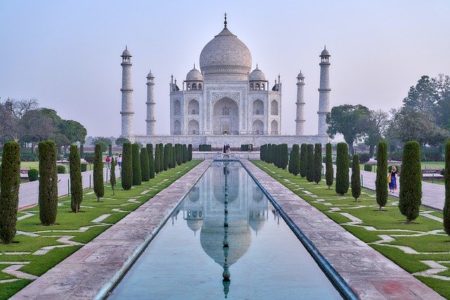
Dambulla caves (Sri Lanka)
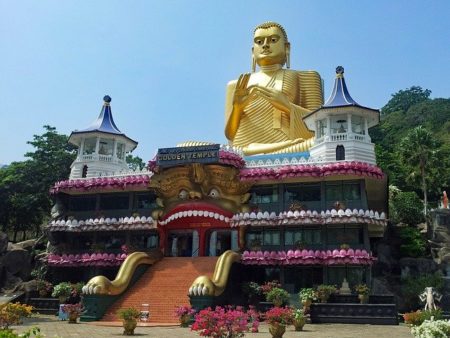
Hampi (India)

Bangkok (Thailand)
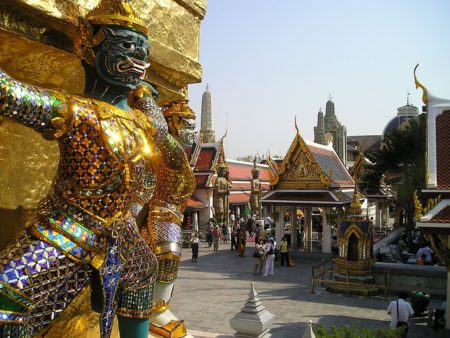
Bagan (Burma)
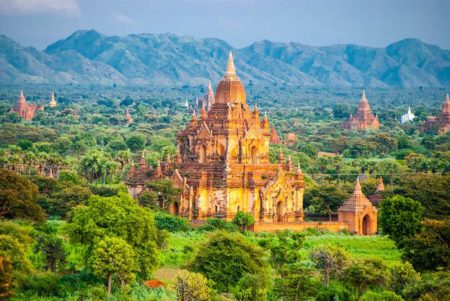
Chiang Mai (Thailand)
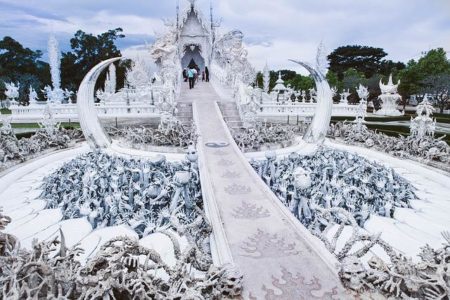
Hanoi (Vietnam)
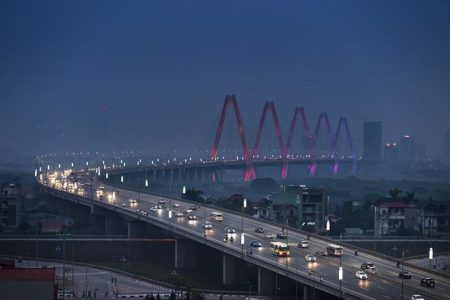
Along Bay (Vietnam)
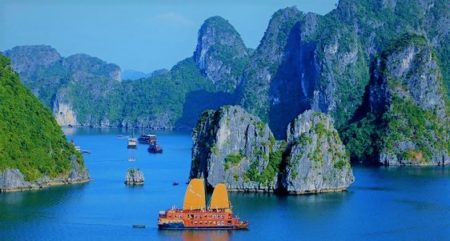
Phnom Penh (Cambodia)
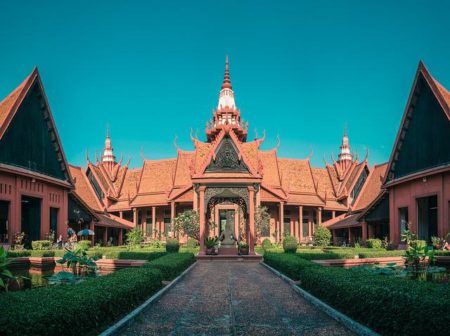
Kuala Lumpur (Malaysia)

Singapore

Ubud (Indonesia)
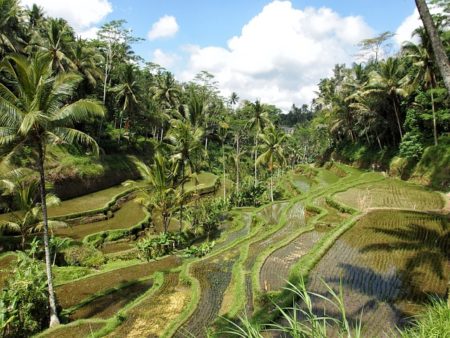
Beijing (China)
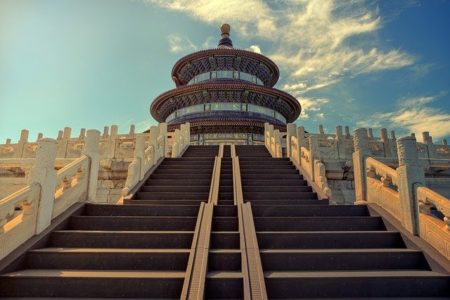
Great Wall of China (China)
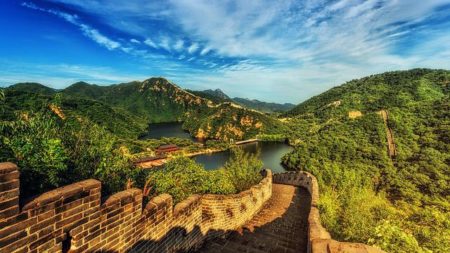
Hong-Kong
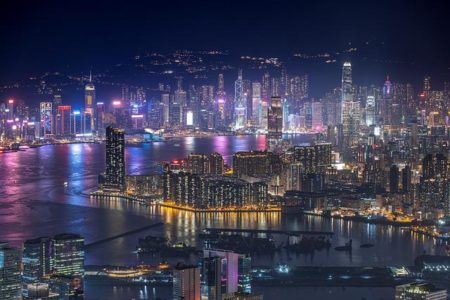
Taipei (Taiwan)
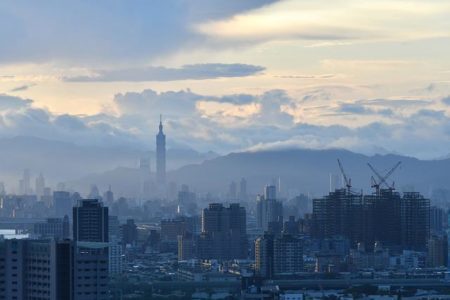
Tokyo (Japan)
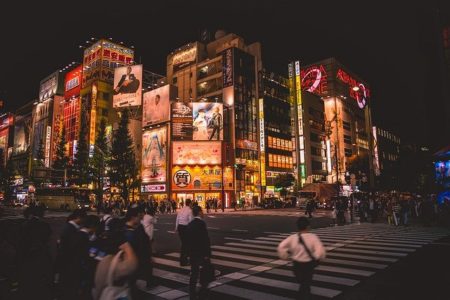
Mount Fuji (Japan)
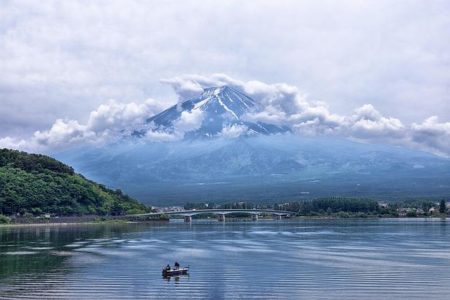
Seoul (South Korea)
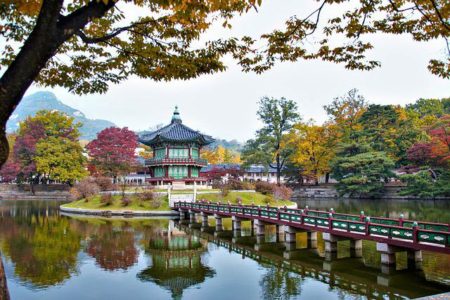
Gobi Desert (Mongolia)

What vaccinations should I have before leaving for Asia?
Regardless of the country you wish to visit in Asia, it is recommended that you get vaccinated against :
- Hepatitis A ;
- Hepatitis B ;
- Rabies (although very rare, it is a fatal disease);
- Measles ;
- Japanese encephalitis ;
- Tick-borne encephalitis ;
- Typhoid ;
- Diphtheria, tetanus, polio ;
Cholera is still virulent in some Asian countries, particularly those in the developing world. However, there is no risk of contracting yellow fever in Asia.
What are the best itineraries for discovering Asia?
Most road-trippers in Asia are concentrated in Southeast Asia. Here’s a road-trip itinerary to inspire your own. You can also consult our section on places to visit and seasons.
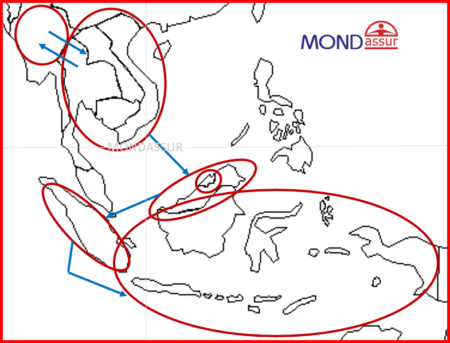
The easiest gateway to Southeast Asia is Bangkok, so this is where we recommend you land first. You can start by visiting central and northern Thailand, then cross Laos to tour Vietnam from north to south. Then, if you have the time, you can spend a few weeks in Cambodia and then move on to southern Thailand. From here, you can head even further north towards Burma. You can then fly from Bangkok to Malaysia and Singapore. Finally, you can finish your road trip in Indonesia, with its 1,800 islands.
Another classic road-trip is a visit to South Korea and Japan, given the geographical proximity of the two countries. One possible route would be :
1. Arrive in Seoul, spend 2 to 3 nights there to visit the capital and its surroundings (Changdeok Palace, Secret Garden, Insadong Alley, etc.).
2. Continue your journey to Gyeongju, the country’s former capital, with its rich cultural heritage and many places to visit.
3. Spend a night at the Haeinsa temple on Mount Gaya and take time to discover Buddhist culture and religion.
4. Head for Busan, which has become international since the Oscar-winning film “Last Train to Busan”, where you can visit Taejongdae Park and the various local markets, as well as the beach.
5. Leave South Korea for Japan, where you can land in Osaka, the capital of Japanese gastronomy. Choose from a huge selection of restaurants offering a wide range of specialities.
6. On to Kyoto, with a stopover in Japan’s first capital, Nara. Take as much time as you like to discover the richness of the city of Kyoto and its traditional houses, the machiya.
7. Head for Mount Fuji, where you can contemplate it from the small town of Hakone. You can also take advantage of the many tourist attractions around the city, such as a cruise on Lake Ashi or the cable cars to the Owakudani soufrières.
8. Conclude your road-trip in Tokyo, where you can enjoy the megalopolis and discover the Japanese way of life in the big city, getting lost in the city and wandering through the museums, restaurants and atypical cafés that the Japanese capital has to offer.
How much does it cost to live in Asia’s big cities?
Average costs China South Korea Indonesia
Hotel (mid-range) 60€ 90€/night room 2p 45€/night room 2p
Restaurant (mid-range) 11€/pers 17€/pers 6.5€/pers
Transport ticket 17/month 41/month 13/month
Based on metropolises India Turkey Japan
Hotel (mid-range) 60€/night room 2p 45€/night room 2p 72€/night room 2p
Restaurant (mid-range) 6€/pers 6€/pers 17€/pers
Transport ticket 7/month 16/month 70/month
Is tap water safe to drink?
We strongly advise against drinking tap water in Asia, wherever you are, with the exception of a few countries:
– South Korea
– Hong Kong
– Japan
– Singapore
Top 5 worst diseases in Asia
Here are the top 5 worst diseases you can catch in Asia. Some illnesses can worsen and become life-threatening. If you’re wondering why you should buy travel insurance, the following list should encourage you to get a quote from Mondassur.
1. HIV;
2. Dengue fever;
3. Japanese encephalitis;
4. Typhoid fever;
5. Rabies.
Top 5 of Asia’s most dangerous cities with the highest crime rates
Here’s a ranking of the 5 most dangerous cities in Asia. It is essential that you take every precaution when you are there and that you respect the traditions and customs of the city in which you are staying.
1. Karachi;
2. Kabul ;
3. Gaza ;
4. Mumbai ;
5. Tehran.
Avoid wearing designer clothes and flashy jewelry. Avoid walking alone in the evening, especially after dark. Find out well in advance which neighborhoods to avoid, so you can avoid them during your stay. What’s more, if you have to drive through dangerous areas after certain hours, be sure to lock your doors and don’t stop too close to the roadside. Never take a cab that is not affiliated with a well-known company. Carry only copies of your identity passports. If you are attacked, give them the personal belongings they ask for, don’t tempt the devil.
However, if you follow all the above advice and don’t take any great risks, it’s very likely that nothing will happen to you. It’s extremely important that you’re always on your guard.
What are the low-cost airlines in Asia?
Here’s a list of low-cost airlines for travel throughout Asia:
- AirAsia (Malaysia) ;
- Hong Kong Express (HK);
- Air Busan (South Korea) ;
- Eastar Jet (South Korea);
- Air India Express (India);
- Citilink (Indonesia) ;
- Air Asia Japan (Japan) ;
- Jetstar Asia Airways (Singapore) ;
- Nok Air (Thailand).
What are the main means of transport in Asia?
In Asia, you’ll find both traditional and innovative means of transport. In India, Cambodia and Thailand, for example, you’ll come across many tuk-tuk, a kind of motorized tricycle that can carry up to 3 people. In China and other Asian countries, trains are widely used as a substitute for airplanes, and cost much less. Take advantage of the opportunity to admire landscapes that are very specific to Asian regions. In Southeast Asia, many Asians use scooters to get around, especially in the big cities. Cabs and car rentals are very common in major cities, as are state-of-the-art subways. Last but not least, you can easily get around most cities by bus.
Time difference in Asia
Which are the best student cities?
Here is a list of cities with large student populations that are popular with students:
- Kuala Lumpur (the cheapest student city in the world) has a good university: University of Malaya.
- Taiwan (world leader in Tech-industry) with the National Taiwan University.
- Jakarta (attracts over 6,000 students every year) and is home to Universitas Indonesia.
- China (Beijing & Shanghai) is home to some 350,000 international students, and Tsinghua University is ranked among the top 10 universities in Asia.
- Singapore (favorite destination for expatriates) with the National University of Singapore and Nanyang Technological University ranked respectively 1st and 3rd best universities in Asia.
- Tokyo (ranked in the top 5 best student cities in the world) with the University of Tokyo and Tokyo University of Technology ranked respectively 13th and 14th best universities in Asia.
- Seoul (ranked 10th best student city) with the Korea Advanced Institute of Science and Technology (KAIST) ranked 6th best university in Asia.
- Hong Kong (with 4 universities in the top 10 best universities in Asia) and the University of Hong Kong ranked 2nd best university in Asia.
Which cities are the most popular with expatriates?
Here is a ranking of expatriates’ favorite destinations in Asia:
1. Taipei (1);
2. Kuala Lumpur (2) ;
3. Ho Chi Minh City (3) ;
4. Singapore (4);
5. Bangkok (20);
6. Manama (22);
7. Tokyo (26);
8. Jakarta (33) ;
9. Shanghai (43) ;
10. Honk Kong (52).
For more information, please visit our country pages.

